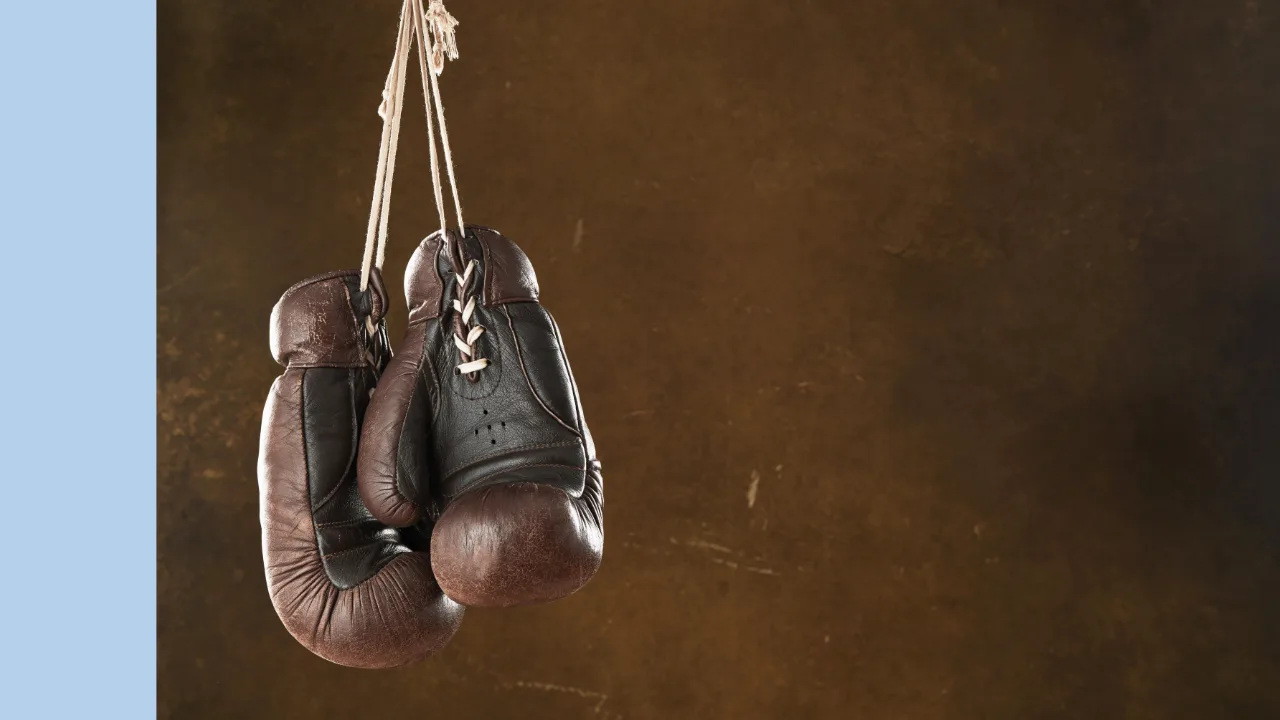Many ASX dividend shares are known for paying fully franked ASX dividend shares. Does this make them an excellent income option?
Australia has one of the most generous dividend policies in the world thanks to franking credits. You should check out our linked guide about franking credits if you haven’t already.
One of the easiest ways to think about franking credits is that they are generated when Australian companies pay tax and are used by an Australian taxpayer when they do their tax return to offset personal taxes.
A quick example
Say a company makes $100 of profit and pays $30 of tax, with $70 of net profit. If the company pays a fully franked dividend of $70, then $30 of franking credits are attached – the dividend is fully franked – and the person gets $70 cash.
When they do their tax return, they report both the $70 cash dividend and $30 franking credit as income. If their personal tax rate is 29% then they get a $1 tax refund added to their tax position from that dividend being paid (rather than owing 29% of $70, $20.30). If their tax rate is 31% then all they need to do is pay $1 extra tax (rather than paying 31% of $70, $21.70).
If their tax rate is 0% then they get to keep all of the $70 cash dividend and they’d receive a $30 tax refund when the tax return is lodged.
What franking credits mean for investment returns
Australia is a great place to receive dividend income. While the franking credit part is delayed, it does mean that investors that get a fully franked dividend yield see a boost in the dividend yield they get.
A fully franked 7% dividend yield turns into a 10% yield including the franking credits.
A fully franked 3.5% dividend yield turns into a 5% yield.
A fully franked 2.1% dividend yield turns into a 3% yield.
It’s a big boost for income returns, so I think franking credits are awesome. It means we can get more net returns out of fully franked ASX dividend shares like Washington H. Soul Pattinson and Co. Ltd (ASX: SOL), Fortescue Metals Group Limited (ASX: FMG), Telstra Corporation Ltd (ASX: TLS), Wesfarmers Ltd (ASX: WES), Metcash Limited (ASX: MTS) and JB Hi-Fi Limited (ASX: JBH).
But, each investment needs to be considered separately. It doesn’t get a free pass just because it pays dividends that are fully franked.
Should we only go for fully franked ASX dividend shares?
Not necessarily. It’s only Australian companies that generate franking credits and only Australian tax residents can access them.
But, investments that operate through a trust structure are also worthwhile considering.
For example, exchange-traded funds (ETFs) operate in a trust structure. So, I wouldn’t totally exclude investing in all ETFs. Also, ETFs that invest in ASX shares can pass through any franking credits they receive from Australian dividends.
The clue is in the name, but real estate investment trusts (REITs) are also worth considering in my opinion, with names like Rural Funds Group (ASX: RFF) and Centuria Industrial REIT (ASX: CIP) some of the leading income ideas in the property sector, in my view.
Finally, international investments aren’t going to generate franking credits. But it would have been a mistake to miss out on companies like Apple or Microsoft over the long-term.








